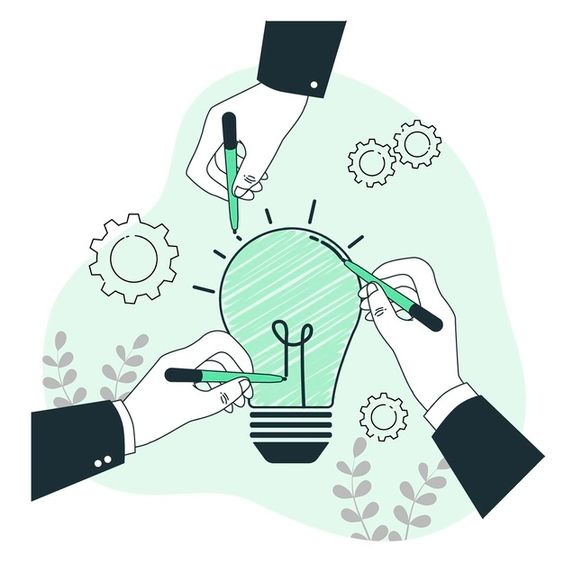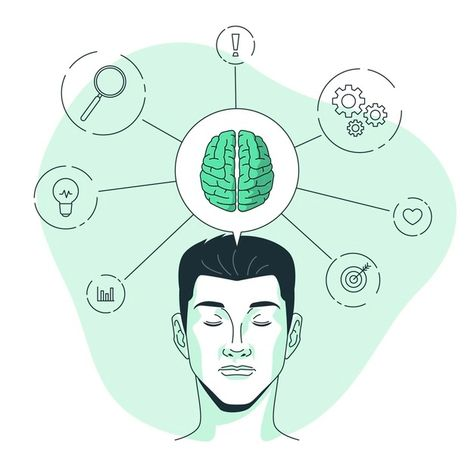Introduction:
Creative thinking is not just reserved for artists and designers. It's a valuable skill that can benefit anyone, regardless of their profession or background. This blog post will explore creative thinking, why it's important, and how you can apply it to achieve breakthrough results.
What is Creative Thinking?
Creative thinking is the ability to come up with original ideas, concepts, or solutions to problems. It's about using your imagination, intuition, and divergent thinking skills to explore new possibilities and break free from conventional thinking patterns.
Why is Creative Thinking Important?
Creative thinking is crucial for innovation, problem-solving, and adaptation to change. In a world that's constantly evolving, those who can think creatively are more likely to succeed and thrive.
Here are some benefits of creative thinking:
1. Improved problem-solving skills: Creative thinking helps you see problems from different angles and come up with innovative solutions.
2. Increased innovation: Creative thinking leads to new ideas, products, and services that can disrupt markets and create new opportunities.
3. Enhanced adaptability: Creative thinking helps you adapt to change and navigate uncertainty.
4. Expanded perspective: Creative thinking opens your mind to different perspectives, cultures, and ways of thinking.
How to Apply Creative Thinking:
Now that you know the importance of creative thinking, let's look at some practical ways to apply it in your life:
1. Brainstorming: Set aside time to brainstorm ideas, no matter how crazy or unconventional they may seem. This can be done individually or in a group setting.
2. Mind Mapping: Create a mind map or visual representation of your ideas, connecting related concepts and exploring new possibilities.
3. Reverse Thinking: Challenge assumptions and think about things in reverse. Ask yourself, "What if the opposite were true?" This can help you see things from a fresh perspective.
4. Divergent Thinking: Practice divergent thinking, which involves generating multiple ideas or solutions to a problem. Don't worry about evaluating them at this stage, just focus on generating as many ideas as possible.
5. Play and Experimentation: Allow yourself to play and experiment with new ideas, materials, or methods. This can help you tap into your creativity and come up with unique solutions.
Conclusion:
Creative thinking is not a magical ability that some people are born with. It's a skill that can be developed and honed through practice and experimentation. By adopting a creative mindset and using techniques like brainstorming, mind mapping, and divergent thinking, you can unleash your creativity and come up with innovative ideas that can change the world. So, start thinking outside the box and see where your creativity takes you!






0 Comments
Post a Comment